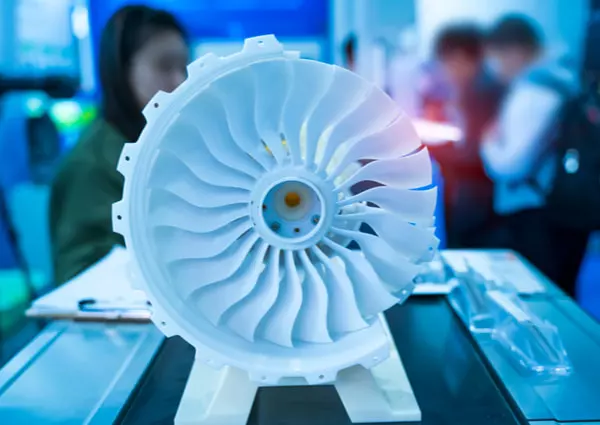
With the advent of Industry 4.0 and advanced manufacturing, new technology has both challenged – and empowered – traditional manufacturers.
At Romar Engineering, our advanced manufacturing capability includes cutting-edge additive manufacturing, commonly referred to as 3D printing,
Thanks to both leading technology and expertise, our additive manufacturing is world-class – and it has broad potential for prototyping and commercial manufacturing across niche sectors such as aerospace, medical, mining and defence.
To understand the best applications for additive manufacturing, it’s essential to be clear on the processes, potential and practical considerations that make it suitable for specific projects.
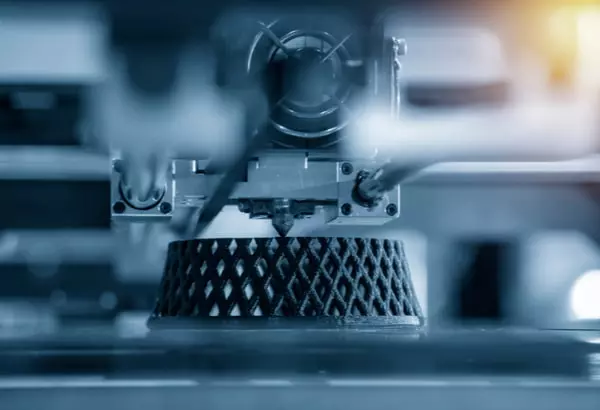
A 3D printing overview
Advanced manufacturing processes such as additive manufacturing use innovative technologies for enhanced processes… and outcomes.
While additive manufacturing has been around for decades, the potential has significantly increased in recent years with the development of elite 3D printers designed specifically to meet the needs of commercial manufacturing.
We can use additive manufacturing, for instance, to create parts with complex geometries, and components that are lighter, stronger or otherwise tailored for enhanced efficiency. There is a range of 3D printers that each employ specific techniques, and with distinct performance criteria, including material properties, print capacity, sizing and file-to-finished part speed.
It is this capability that is key to the delivery of manufacturing solutions tailored to your project aims, production size, timeframe and budget.
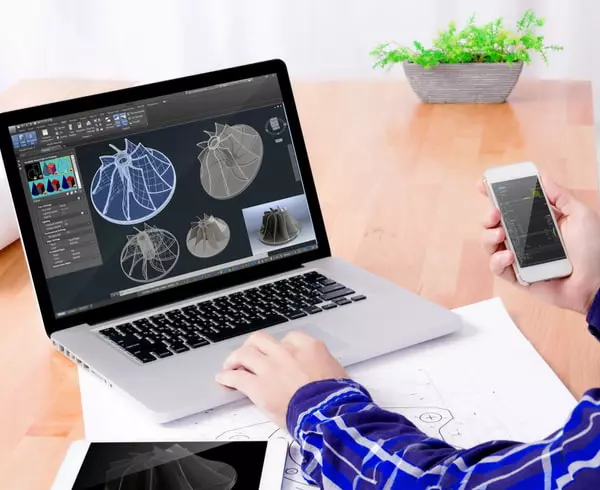
How does 3D printing work?
Traditional manufacturing utilises processes such as milling, machining or laser cutting, which cut, shape or otherwise remove material to produce a final part. Conversely, and as the name implies, most additive printers add or deposit material in successive layers.
The starting point for a 3D printed object is a CAD drawing or 3D object scan.
Once we have a final CAD design, we use software that reworks the object design into very fine slices.
We then feed that information into a 3D printer. The computer process directs the printer’s nozzle or print head to deposit materials as per the design.
In the case of a laser 3D printer, it melts fine metal powder and shapes it into complex geometries with incredible precision.
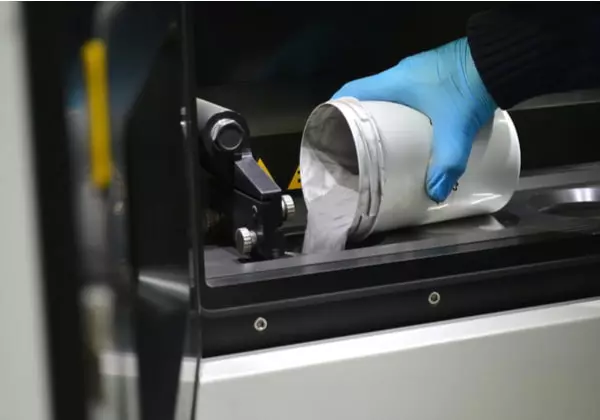
Additive manufacturing techniques
While the blanket use of the term 3D printing suggests a uniformity of additive techniques, there are several. The following are the primary 3D printing techniques used across manufacturing sectors:
Powder Bed Fusion
Powder Bed Fusion (PBF) technology uses several processes, including direct metal laser sintering (DMLS), electron beam melting (EBM), selective heat sintering (SHS), selective laser sintering (SLS) and direct metal laser melting (DMLM).
Lasers, electron beams or thermal print heads melt or partially melt ultra-fine layers of material then blast excess powder away from the final 3D object.
Material Jetting
Recalling a 2D inkjet printer, material jetting utilises a print head which moves back and forth on x-, y- and z-axes to create 3D objects. Layers can be cured by ultraviolet light or harden when cool.
Binder Jetting
Similar to material jetting, a print head lays down alternate layers of powdered build material and a liquid binding material on x-, y- and z-axes.
Material Extrusion
Materials are extruded, or drawn through, a nozzle which heats it and deposits it layer by layer. Top layers adhere to layers beneath via chemical bonding agents or through specific temperature control.
Directed Energy Deposition
Directed Energy Deposition (DED) is a complex process similar to material extrusion but with the added capacity to repair or add materials including metal and polymer to existing objects. The term DED embraces various processes including laser engineered net shaping, directed light fabrication, direct metal deposition and 3D laser cladding.
Sheet Lamination
Processes include ultrasonic additive manufacturing (UAM) and laminated object manufacturing (LOM). Sheets or narrow strips of metal are fused using ultrasonic welding. A variety of metals can be used, including titanium, stainless steel and aluminium.
Vat Polymerization
A 3D object is created layer by layer in a vat of a liquid resin photopolymer, with each layer cured using ultraviolet light.
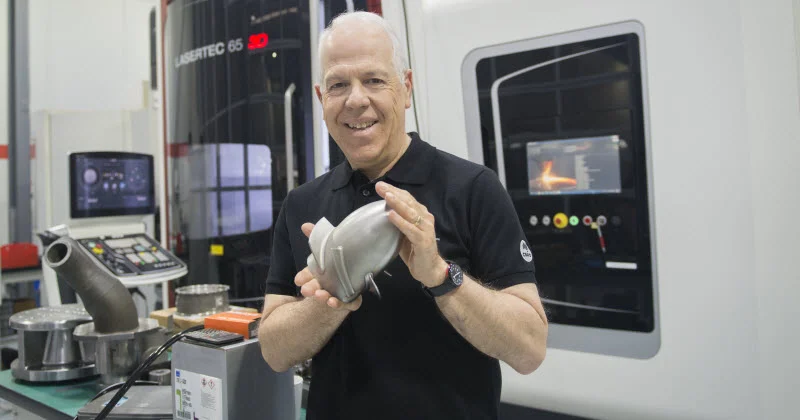
Romar 3D printing techniques
At Romar, we have exceptional additive capability with two elite 3D printers. Our Lasertec 65 3D printer is one of only three in commercial settings globally and the only one of its type in Australia.
Our Concept Laser M2 Series 5 is a Direct Metal Laser Melting (DMLM) machine (a type of Powder Bed Fusion machine) from GE Additive. The Lasertec 65 features unique hybrid – additive plus subtractive – technology, allowing us to create monolithic, multi-material metal structures that can be finish machined and inspected in a single setup.
It features higher deposition rates than a powder bed based system, capacity to produce complex 3D geometries up to 600mm diameter, and the ability to create metal blends or add metal to existing metal parts.
The Concept Laser M2 can produce complex 3D geometries from materials including stainless steel, aluminium, nickel and cobalt. It’s designed for use in highly regulated industries that require precision quality and premium performance. Key features include 2 x 400W (cw) laser power with optional 1 x 400W (cw), build volume of 250 x 250 x 350mm (x,y,z).

Expertise for leading additive manufacturing
At Romar, we have both the technology and the expertise to provide commercially scalable, robust and efficient manufacturing solutions.
Our team includes globally recognised additive manufacturing engineers and experts in industrial manufacturing, elastomers, silicone and medical device manufacturing.
Our capability provides full scope for turnkey manufacturing solutions including design for manufacture, material selection and the delivery of complete 3D printed parts, rapidly and efficiently.
If you need industry-leading and tailored 3D printing solutions for your next manufacturing project, please contact us. Read more additive manufacturing articles.
Ready to Step into the Future of Manufacturing?
Contact Romar today to start the conversation.
Advanced Manufacturing News & Articles

Romar’s contract manufacturing model
Romar’s contract manufacturing model creates significant advantages for aerospace companies looking for a component manufacturer with specialist engineers to collaborate for scalable solutions.
Medical Silicone for a Happy Sleep
Medical silicone for a happy sleep. Romar’s expertise with medical devices ensures an anti-snoring mouthpiece becomes a commercial product. The Happy Sleep anti-snoring mouthpiece is helping thousands of people rest easy.
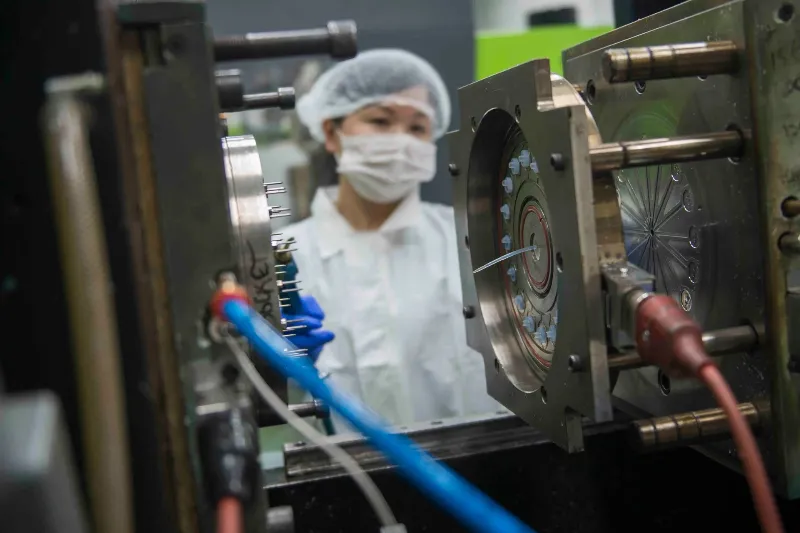
Modern Manufacturing for All Sectors
Romar’s approach to modern manufacturing for all sectors is why we remain a market leader in high quality and scalable manufacturing for Australian and international customers.

